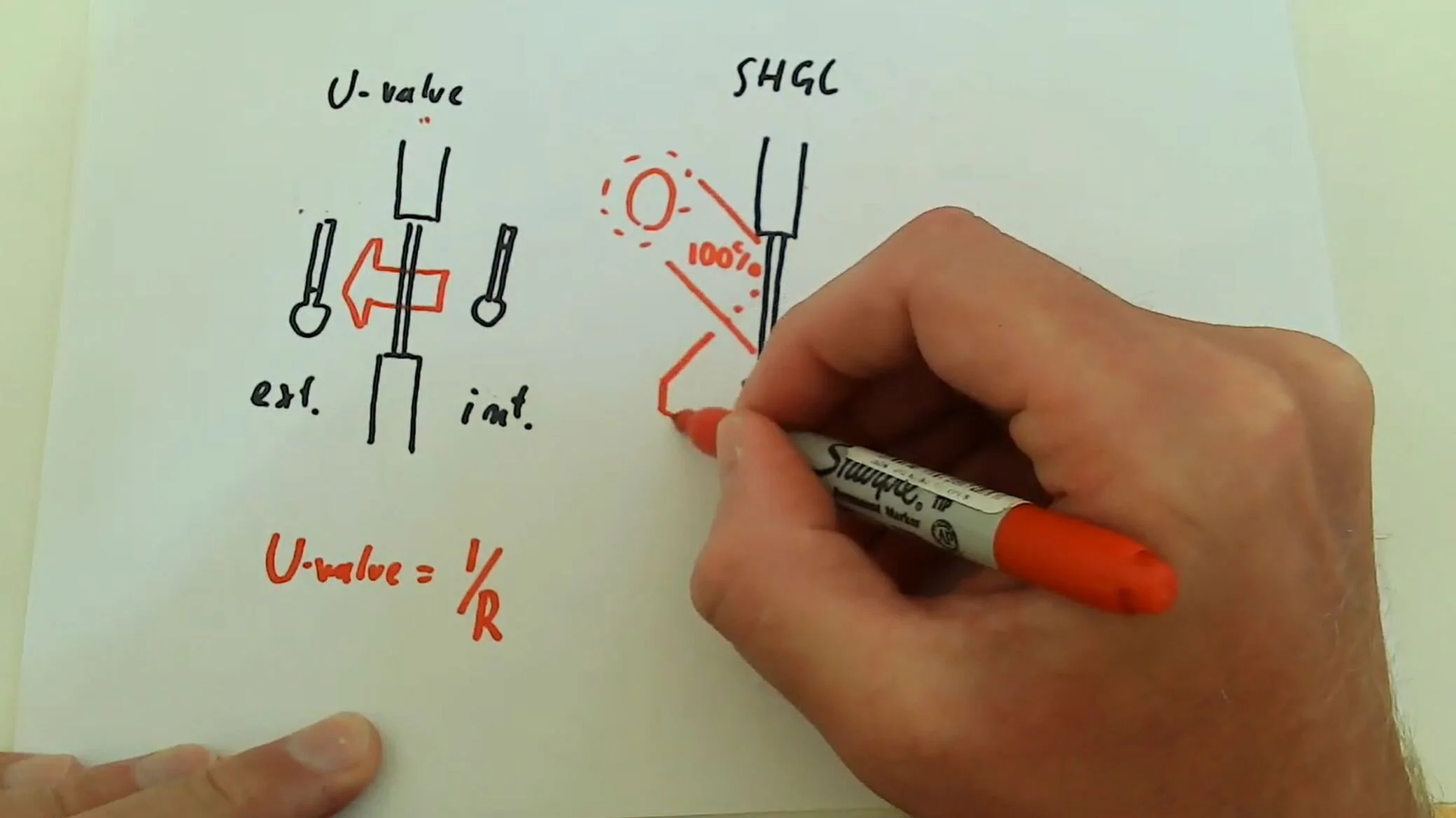4.3 FACADE PERFORMANCE
4.3.1 Heat Transfer + Thermal Bridges
Lars Junghans
This lessons introduces the concept of heat transfer, R-value and U-values, the calculation principle, and how to avoid thermal bridging. The avoidance of thermal bridges is getting more important with increased requirements to the building envelope.
Goal: The designer will learn about the amount of insulation needed to achieve a certain building standard.
4.3.2 Glazing Systems + Shading
Lars Junghans
The technical aspects of glazing will be discussed in this lesson with focus on the U-value and SHGC value. The shading system is an important design element for the façade. Different styles of shading systems will be presented along with their technical advantages and disadvantages.
Goal: The designer will learn how to choose a glazing system and shading system in order to reduce the building’s energy demand.
4.3.3 Airtightness + Moisture Control
Lars Junghans
Moisture control is an important topic when it comes to building envelope design. This lesson demonstrates how to avoid permanent moisture penetration into the construction. Airtightness is another important aspect, as the reduction of air infiltration reduces the energy demand in most climates. This lesson shows how to make the façade airtight.
Goal: The designer will learn how to design an airtight building envelope and how to control moisture flow in the construction.
4.3.4 Exercise 8a Intro: Wall Section Diagramming
Coordinating Facade Design and Structural Design and Environmental Systems
Mick Kennedy + Lars Junghans
This exercise asks you to develop the schematic diagrams and preliminary wall section drawings that coordinate your facade material systems with the building structural / construction systems.
Special attention will be made to the structure and thermal performance of any balcony systems your project may be developing.




